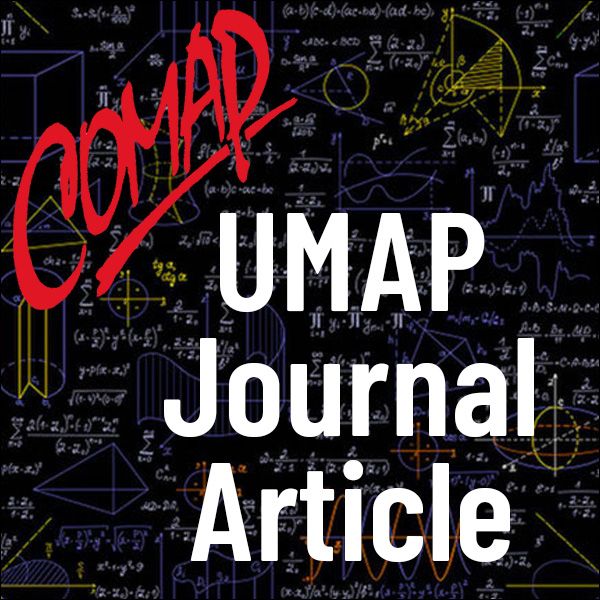A Mathematical Introduction to the Game of Minesweeper (UMAP)
Author: Philip Crow
A systematic notation for the one-person game of Minesweeper that has been made popular by its availability on various recent computers is constructed. The notation in proving several theorems that can aid players during the game is used, and patterns for generating additional results are provided. The game board consists of a rectangular array of squares. At the start of the game, the contents of each square are concealed. When a specified action is performed (usually a mouse click of a square), the contents of the selected square are revealed. The square may contain a mine, in which case the game ends (and the player loses). Otherwise, a number 0 through 8 appears in the square, denoting the number of mines in squares adjacent to the revealed square. If the player believes that a square contains a mine, the player may mark the square as mined. The total number of mines is known in advance of play. The goal of the game is to mark all of the mines and clear (by clicking them) all of the other squares.
Table of Contents:
INTRODUCTION
NOTATION
RESULTS
ACKNOWLEDGMENTS
ABOUT THE AUTHOR

Mathematics Topics:
Application Areas:
You must have a Full Membership to download this resource.
If you're already a member, login here.